Why newborn milk spots (milia) are nothing to worry about and what doctors want you to know if your baby has them
Doctors answer your most frequently asked questions about newborn milk spots and how to treat them.
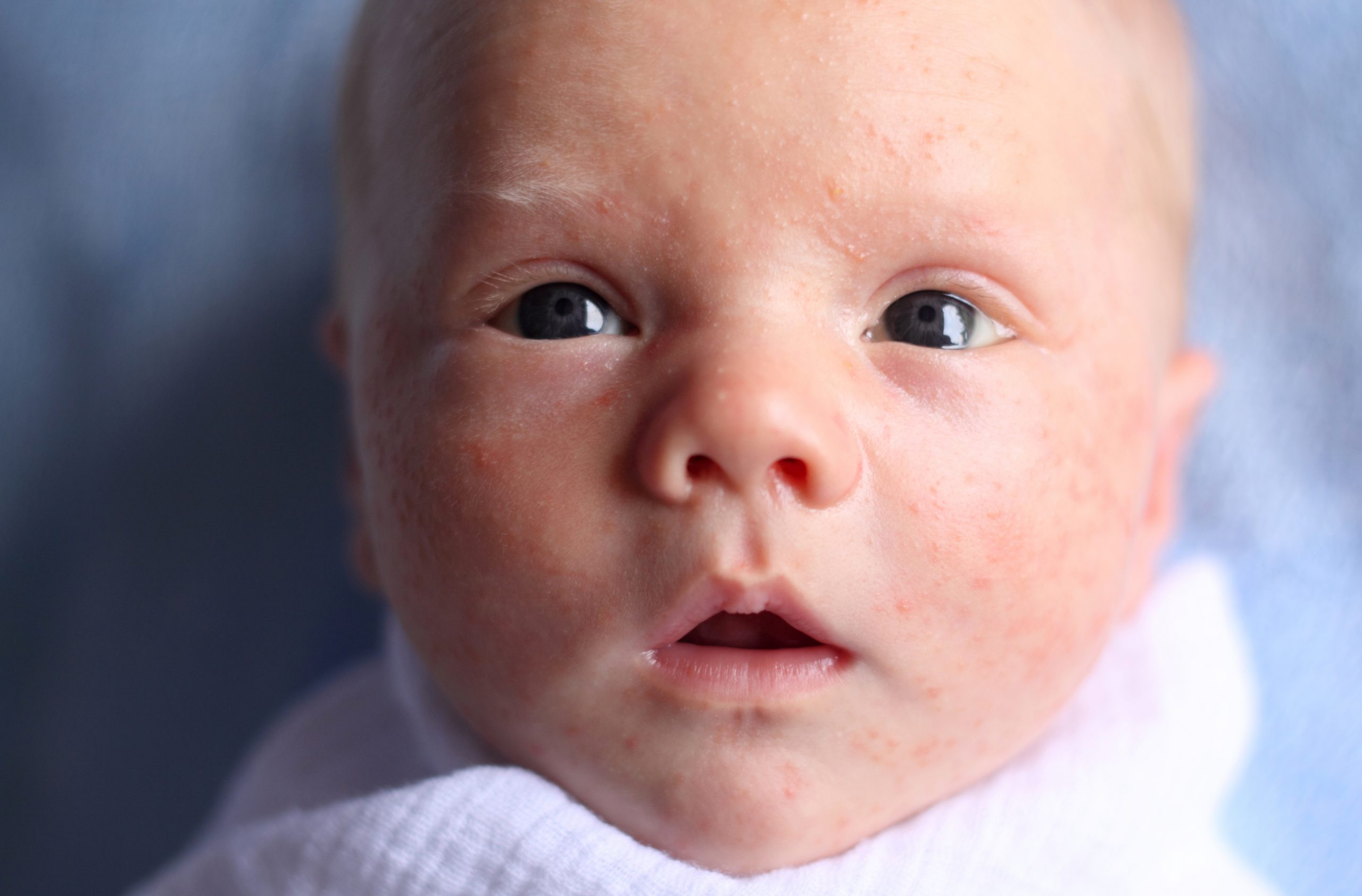
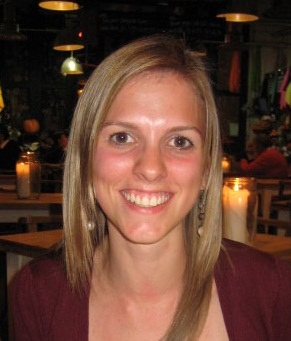
Anna Bailey
Milk spots, also known as milia, are a common skin condition in babies. Although you may feel concerned if you notice newborn milk spots, they are harmless.
Health professionals believe that around half of all full-term newborns will develop milk spots, which look like very small white or yellow spots that appear on a baby’s face.
Although they’re essentially nothing to worry about, milk spots can be alarming for new parents. This is because they usually appear in the early days of a baby’s life, when you are just getting to know your newborn.
We consulted NHS GP Thuva Amuthan, Dr Ahmed Massoud, Consultant Paediatrician at The Portland Hospital (part of HCA Healthcare UK), and NHS GP Dr Saniyya Mahmood (MBChB) to bring you this guide that answers some of the most common questions about milk spots.
Although all of the doctors we spoke to agree that milk spots are usually harmless, parents should always follow the NHS advice about getting to know their newborn. If you are worried about your baby, a rash that has appeared, or you notice a change in their behaviour - such as not feeding well, being very sleepy, or very irritable - contact your GP or midwife immediately.

Dr Ahmed Massoud is a Consultant Paediatrician and Endocrinologist at The Portland Hospital, working both in the NHS and the private sector in London at Northwick Park Hospital. Dr Massoud graduated from University College London, trained in General Paediatrics and completed his sub-speciality training in Paediatric Endocrinology and Diabetes at The Middlesex and Great Ormond Street Hospitals. Dr Massoud also has Postgraduate General Professional Training in General Paediatrics in several London Teaching Hospitals and is a Clinical Research Fellow in Paediatric Endocrinology at the Middlesex Hospital.
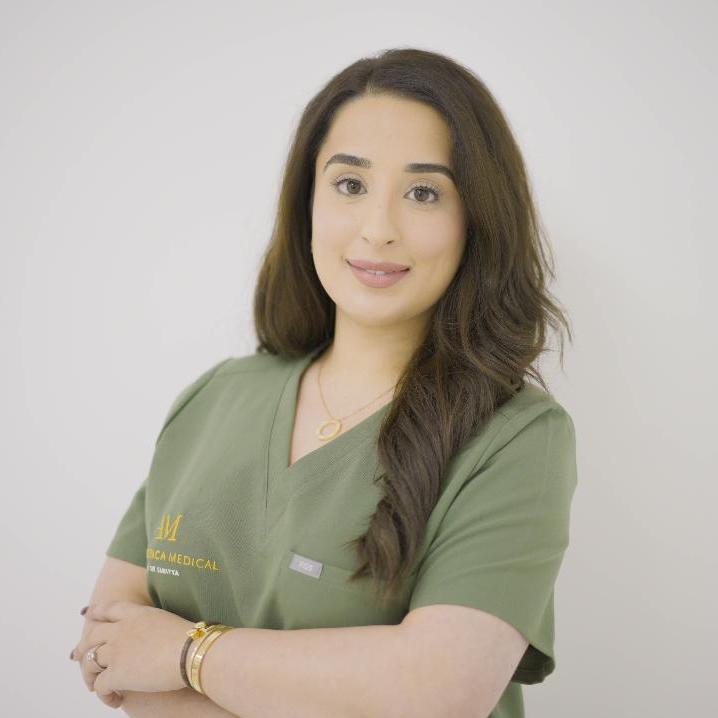
Dr Saniyya Mahmood is a GP with over eight years experience. Dr Mahmood graduated from the University of Liverpool and iscurrently working as a GP and in specialist dermatology clinics in the NHS. She is also the founder and medical director of Aesthetica Medical Clinic based in Leeds.

Dr Thuva Amuthan is an NHS GP in Birmingham, with a special interest in dermatology and minor surgery. He is also the founder of Dr. Derme Skin and Aesthetics Clinic and specialises in cosmetic skin treatments and aesthetics.
What are milk spots?
Milk spots usually appear to be white or yellow spots on the skin, depending on your baby’s skin tone.
"Milk spots are small, white, raised bumps that commonly appear on a newborn's face. They are harmless and painless, often resembling tiny pimples," explains Consultant Paediatrician Dr Ahmed Massoud.
GoodtoKnow Newsletter
Parenting advice, hot topics, best buys and family finance tips delivered straight to your inbox.
"Most commonly, milia are found on the face from - or soon after - birth. They tend to be clustered around the nose, forehead, and cheeks," Dr Massoud continues. "But they can also be found elsewhere on the body, such as the upper arms, hand, foot, and mouth. There may be just a few, or there may be lots of these tiny white cysts."
What causes milk spots in newborns?
"Contrary to popular belief, milk spots are not caused by milk - either formula or breast milk," Dr Ahmed Massoud states. So although newborn milk spots might concern you, it’s important not to change your feeding routine with your little one.
Newborn milk spots are actually caused by a buildup of keratin underneath the skin. Dr Massoud explains, "Milk spots occur when keratin, a protein found in the skin, becomes trapped beneath the skin's surface. These are a normal part of neonatal skin development."
Keratin is a protein which is also found in hair and nails and it's not only babies that can suffer from this keratin build-up, adults often have it as well.
The reason why some babies develop milk spots and others do not is unclear.
"They can also be caused by dead skin cells that have been trapped causing cysts under the skin, hormones passed from mother to baby during pregnancy, and immature skin glands that cause blocked pores," Dr Massoud adds.
How long do milk spots last on newborns?
Milk spots on newborns do not last for long. Although it may feel like a bit of a worry when they first appear, they should last no more than a couple of weeks or months. Milk spots usually disappear on their own so there is no need to follow a particular treatment plan.
Dr Massoud confirms, "Milk spots typically clear up on their own within a few weeks, though in some cases it may take a few months. They do not leave any scars and do not cause any discomfort to the baby."
What is the best way to treat milk spots in newborns?
Although it can be tempting to try to treat milk spots in newborns, the best thing to do is to leave them alone. If you do this they will normally clear up on their own.
Dr Ahmed Massoud explains, "There is usually no need to treat milk spots as they clear up naturally. It's important not to try to squeeze or prick them, as this could lead to infection and cause pain. If they persist for more than a few months, it would be advisable to consult a healthcare professional."
Dr Massoud also advises, "keeping your baby’s skin clean with warm water will also help." While Dr Thuva Amuthan adds, "milk spots do not need any specific treatment. Keep the skin clean with baby wash and a gentle moisturiser."
Studies have shown that a newborn’s skin is still developing, as it becomes used to the relatively dry air after being in the uterus. As a result this makes it more susceptible to chemical irritation. So, if you do intend to use products on your baby’s skin, make sure they are suitable for newborns and wipe their skin gently with a soft cloth. The most important thing to remember is to never try to pop the spots. This could lead to permanent damage, such as scarring.
Does breast milk help milk spots?
While some studies have shown that breast milk is sometimes used as a natural medicine for skin conditions ranging from eczema in babies to nappy rash, Consultant Paediatrician Dr Ahmed Massoud says that, "there is no scientific evidence to suggest that it can help with milk spots. They should clear up on their own without any intervention."
Dr Amuthan explains where the myth around breast milk helping milk spots may have come from saying, "breast milk has been studied in treating conditions like eczema. It is suggested that the moisturising and antimicrobial properties can help skin conditions."
However, GP Dr Saniyya Mahmood agrees that, "there is no research to confirm that breast milk can treat acne or spots" and that while, "there is no harm in trying a small dab of breast milk to treat baby acne, generally speaking it won't make any huge difference to milk spots."
Is it possible to prevent milk spots in newborns?
It is not possible to prevent milk spots in newborns. However, they are usually very small and often not noticed by other people. Milk spots are very common and will not harm your baby’s skin. The best thing to do is to let them go away on their own naturally.
For added reassurance, GP Dr Saniyya Mahmood told GoodToKnow: "Milk spots are very natural and there is no treatment or need to treat them. Many parents can feel very worried but I can reassure all parents that milia is very common and that the best thing is to be patient and leave them alone until they disappear naturally."
What’s the difference between milk spots and baby acne?
Sometimes milk spots are called 'baby acne' but this condition and milk spots are two different things.
Milk spots usually appear on the skin fairly soon after a baby’s birth. However, baby acne can appear within a month after birth. Although the specific cause is unknown, theories of what causes baby acne include hormones and blocked pores. The affected area around baby acne, which can appear on a baby's face, upper back or neck, also tends to get red and irritated. They can look worse if the baby is crying.
| Header Cell - Column 0 | Appearance | When they appear |
|---|---|---|
| Milk Spots | Tiny white bumps under the skin's surface that do not form heads | Can be present from birth |
| Baby Acne | White or blackheads which can be red and angry | Appears between 2-6 weeks after birth |
Dr Amuthan says: "Milia are small cysts containing keratin, a skin protein and babies can be born with it. Baby acne, however tends to appear after the baby is born. With baby acne you tend to have white or blackheads which can be red and angry. They may even become infected and need medical treatment."
"Knowing the difference which condition is affecting your baby is very important," says Dr Saniyya Mahmood. "Milk spots are tiny white bumps under the skin's surface and do not form heads. Acne are spots on the skin's outer surface which often are inflamed, red with heads on them. Milk spots are present from birth or appear in the first 2 weeks, whereas acne appears between 2-6 weeks after birth."
Dr Mahmood also advises, "If you are worried or in doubt which condition your baby has, you can speak to your midwife or GP. "
When should you seek medical advice if you're worried about milk spots?
Generally milia will resolve itself within a few weeks. However you should always seek medical advice if you're worried about your baby. You can always speak to a GP or your midwife if you are concerned about newborn milk spots.
Dr Ahmed Massoud, the Consultant Paediatrician we consulted for this article, advises, "While milk spots are usually harmless, it's important to seek medical advice if they become inflamed, infected, or persist for more than a few months. It's also advisable to consult a medical professional if you're unsure whether your baby's spots are milk spots or something else."
Disclaimer
GoodtoKnow consults a range of medical experts to create and fact-check content. Please note, this is general information only - for more personalised medical advice, always speak to your GP or seek urgent medical attention if needed.

Emily-Ann Elliott is an experienced online and print journalist, with a focus on health, travel, and parenting. After beginning her career as a health journalist at The Basingstoke Gazette, she worked at a number of regional newspapers before moving to BBC News online. She later worked as a journalist for Comic Relief, covering stories about health and international development, as well as The Independent, The i, The Guardian, and The Telegraph. Following the birth of her son with neonatal meningitis, Emily-Ann has a particular interest in neonatal health and parental support. Emily-Ann has a degree in English literature from the University of Newcastle and has NCTJ and NCE qualifications in newspaper journalism.
- Anna BaileyEditor in Chief
-
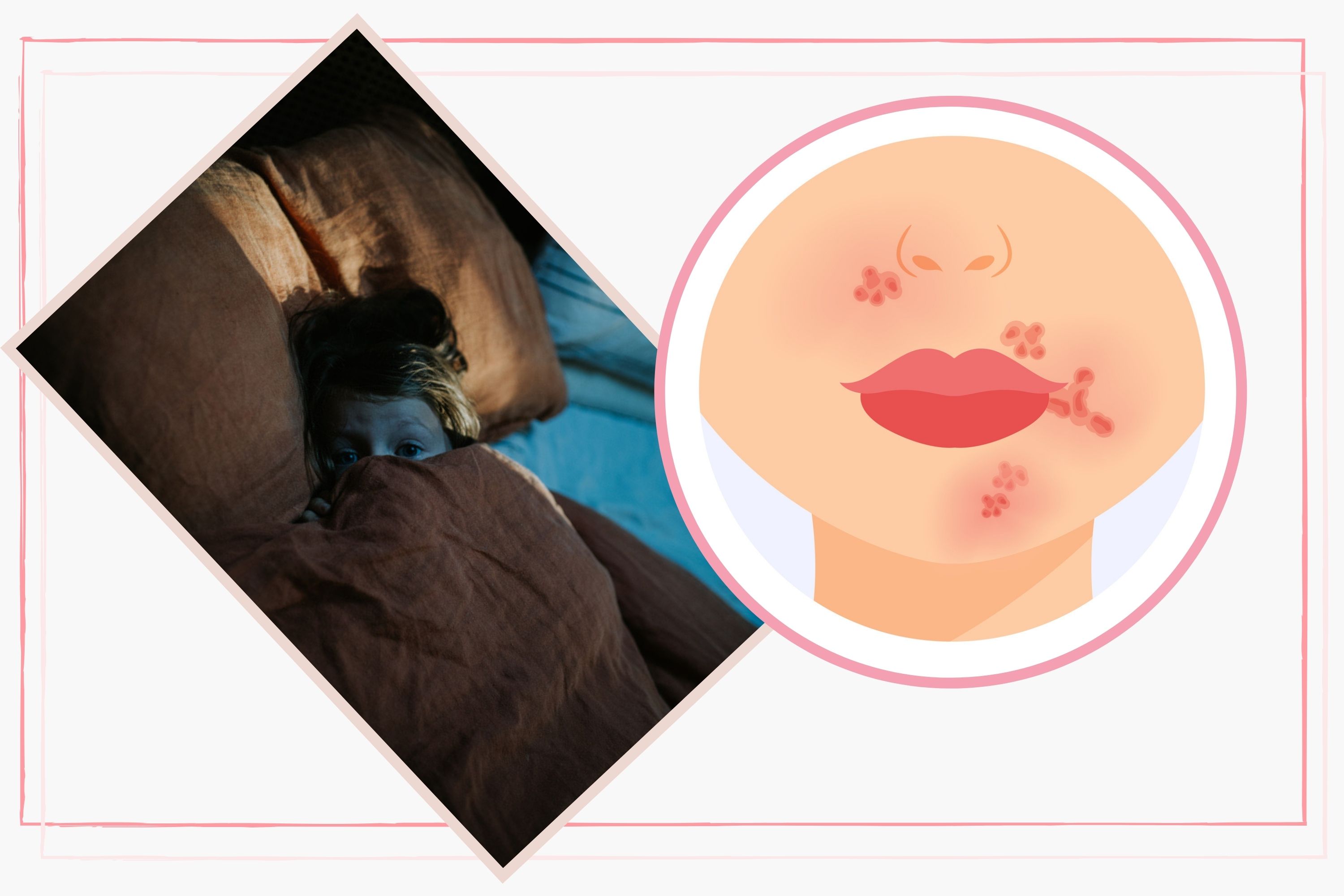 So your child has impetigo, what now? Advice on what to do, how to soothe symptoms and when your child can return to school or nursery
So your child has impetigo, what now? Advice on what to do, how to soothe symptoms and when your child can return to school or nurseryImpetigo usually clears up on its own after a few weeks, but because of the contagious nature of the infection, it is recommended you visit your GP. Here’s what else doctors want you to know if your child has impetigo…
By Rachael Martin Last updated
-
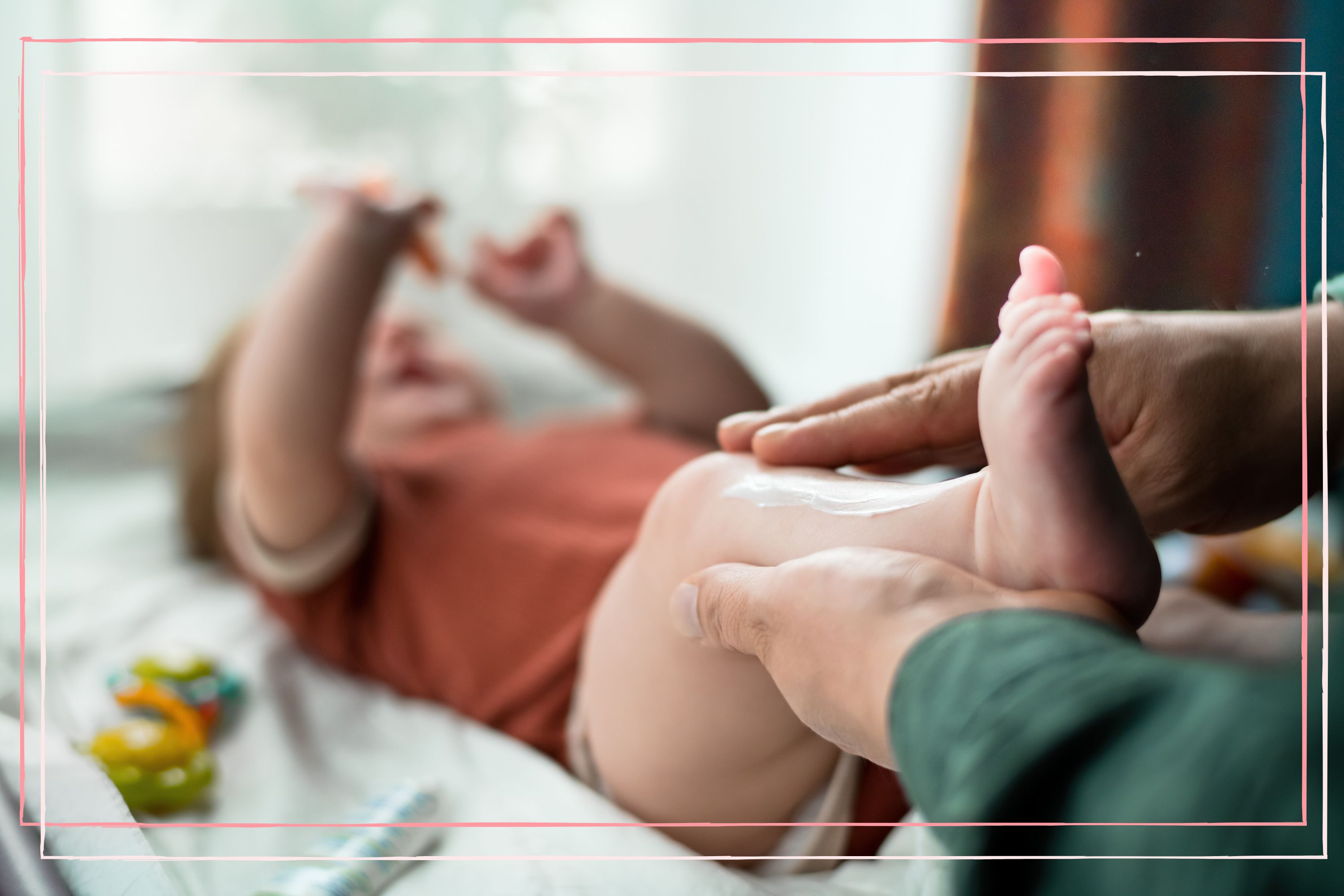 Key advice on baby eczema from experts, for parents looking to soothe skin at home
Key advice on baby eczema from experts, for parents looking to soothe skin at homeDoctors share their insights on how to help soothe baby eczema and what not to do if your child has this common skin condition
By Lauren Clark Last updated
-
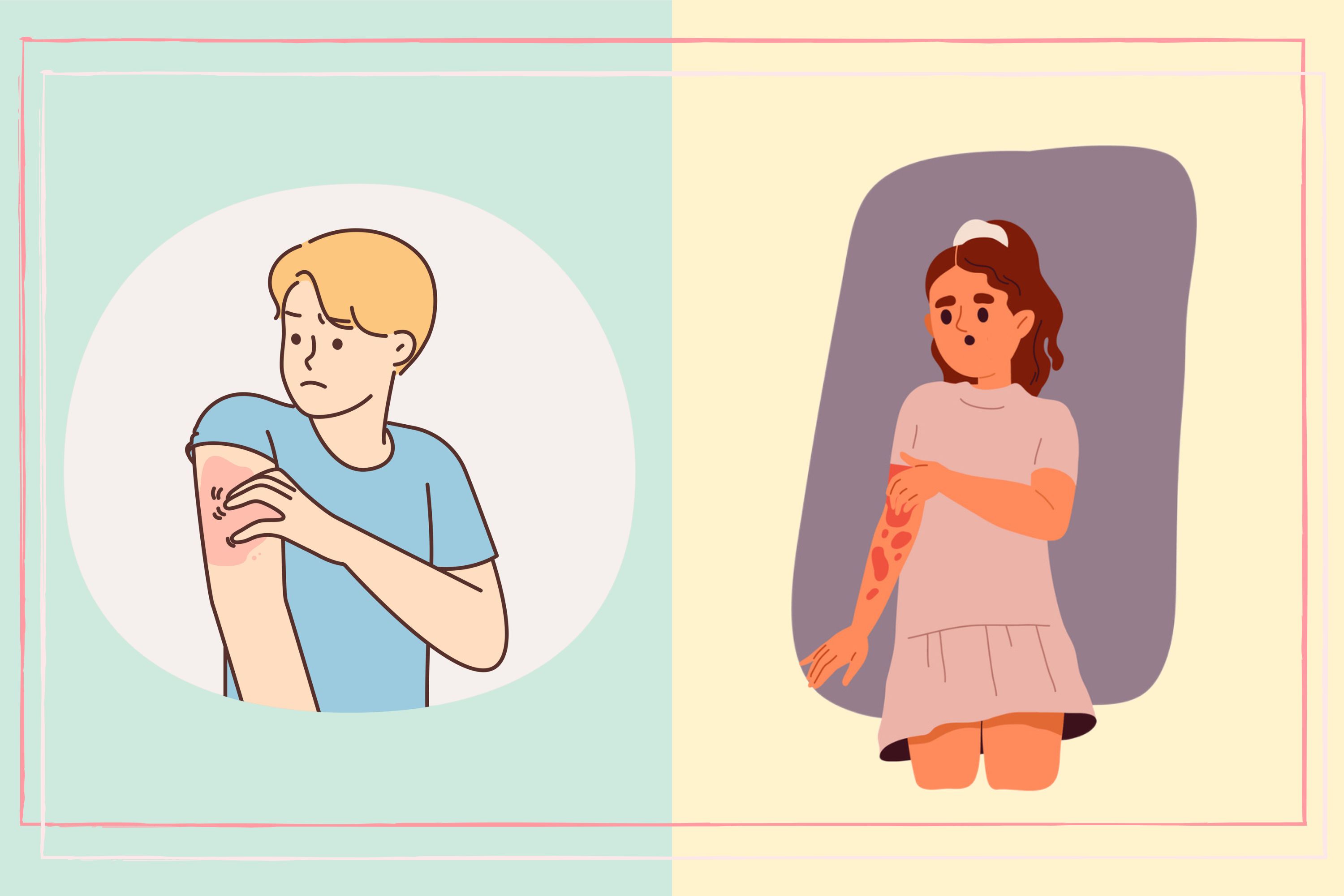 Doctors answer your frequently asked questions about shingles in children, from is shingles contagious to how long does it last
Doctors answer your frequently asked questions about shingles in children, from is shingles contagious to how long does it lastWe spoke to three doctors for advice on what to do if your child gets shingles, and they answered some of the most common questions about shingles in children
By Lauren Clark Last updated